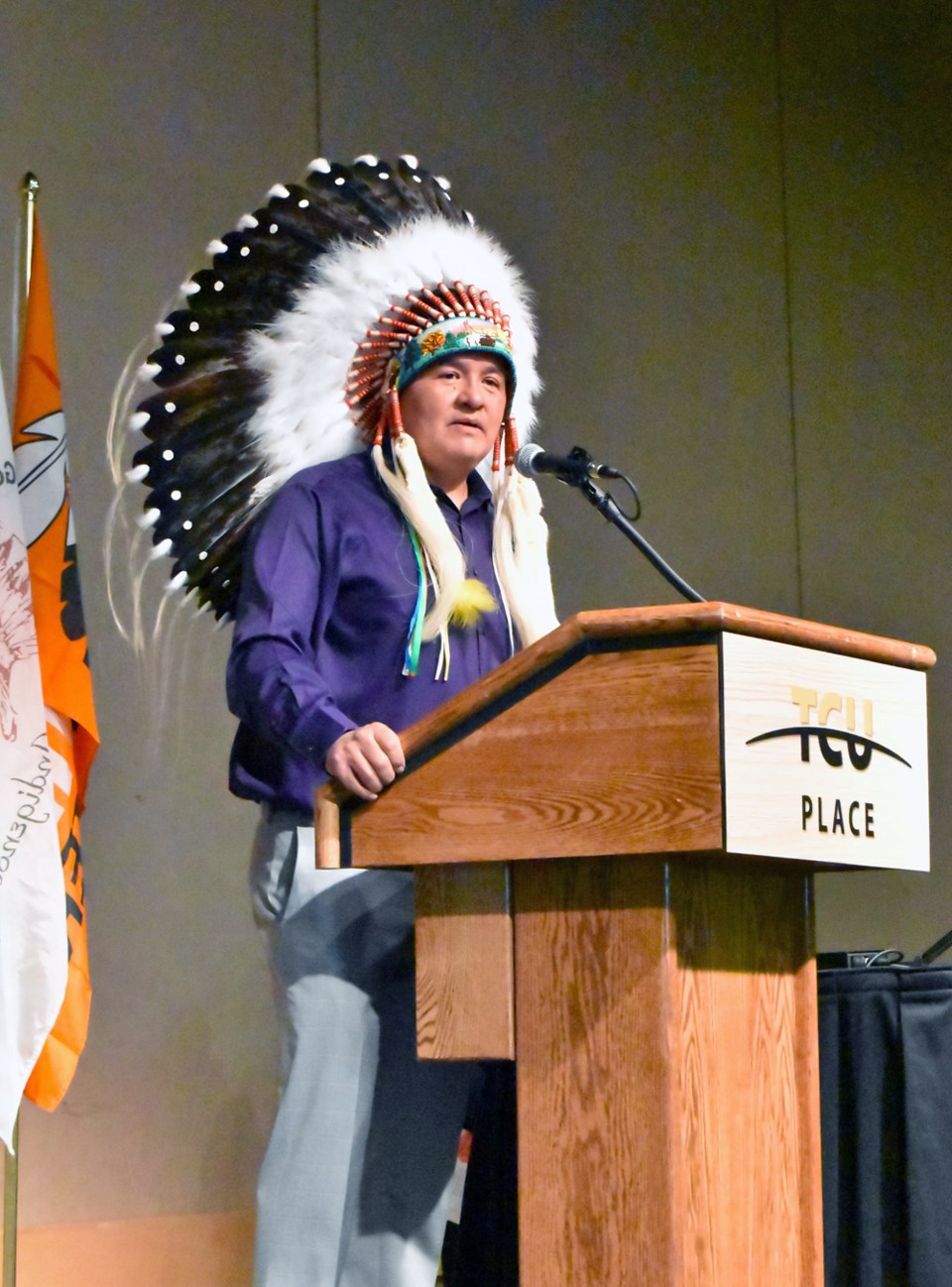SASKATOON - The Federation of Sovereign Indigenous Nations is saying that First Nations were not consulted regarding the launch of Saskatchewan critical minerals strategy.
In a news release Monday, the organization issued their statement on the announcement of the Saskatchewan Growth Plan: the Next Decade of Growth 2020- 2030.
In particular, they took issue with the announcement by Energy and Resources Minister Jim Reiter of a proposed increase to the Saskatchewan Mineral Exploration Tax Credit (SMETC) from 10 per cent to 30 per cent to entice investment and mining. The change is in a proposed amendment to The Mineral Resources Act, 1985, which saw first reading in the Legislature on Monday.
FSIN is claiming the change was not discussed with First Nations. The organization also states in their news release that First Nations lay claim to all rare earth minerals on Treaty territories.
“With First Nations people comprising one of the fastest growing youth populations in the province and up-and-coming workforce, we encourage the Saskatchewan government to engage in meaningful inclusion with First Nations in critical mineral mining and resource revenue sharing in the days to come,” said FSIN Chief Bobby Cameron in a statement.
“Rare earth minerals are not exclusively the property of the provincial government. These rare earth minerals are being mined on First Nations' ancestral and traditional territory. Investors and companies interested in mining rare earth minerals must meet with First Nations chiefs and community leaders to seek their inclusion and approval prior to extracting these non-renewable resources. Our Inherent and Treaty rights guaranteed a century ago, and enshrined in international law, provide us with rights to these minerals.”
Cameron further stated that their inherent and treaty rights need to be accommodated as all the critical minerals are situated within First Nations' ancestral and Treaty territory.
In their news release, the province states Saskatchewan has 23 of the 31 minerals listed on the Canadian critical minerals list. According to the province, their strategy outlines four goals: to increase Saskatchewan’s share of Canadian mineral exploration spending to 15 per cent by 2030, to double the number of critical minerals being produced in Saskatchewan by 2030, to grow Saskatchewan’s production of potash, uranium and helium, and establish Saskatchewan as a rare earth element hub.



.png;w=124;h=120;mode=crop)

